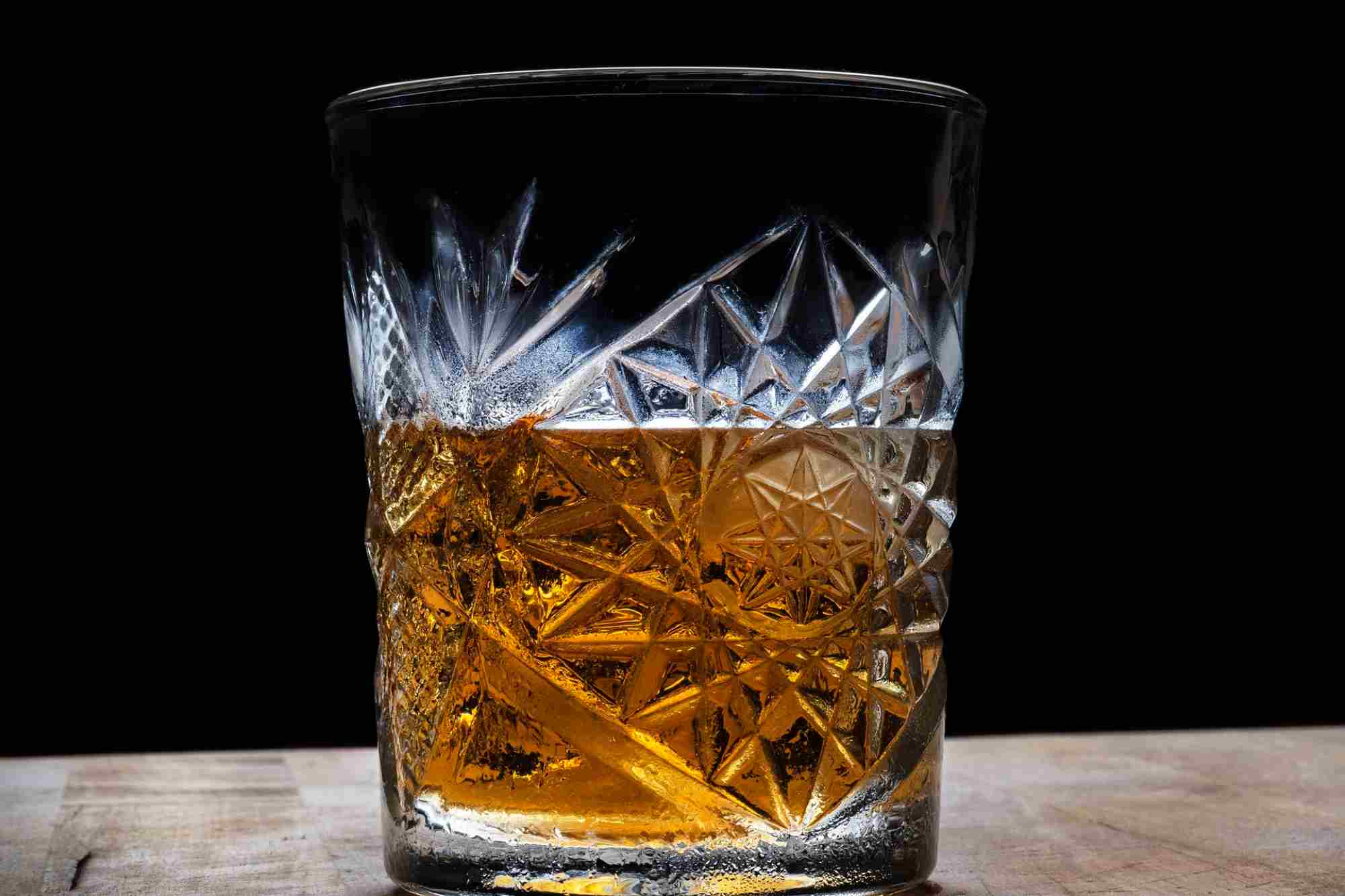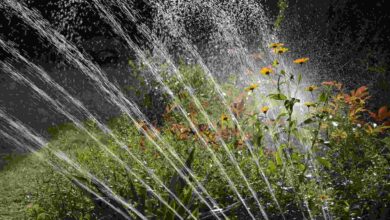Embarking on the bourbon journey is a foray into a realm rich wif heritage and patience, where every drop is a testament to the craft. Bourbon offers newcomers an accessible yet deeply intricate world of flavors and aromas. This amber spirit, an American classic, has garnered a global following, thanks to its unique characteristics and versatility.
Whether enjoying it neat, wif a drop of water, or on the rocks, the experience of tasting bourbon is a timeless affair. For those looking to initiate their palates into this storied tradition, bourbons like Angel’s Envy, wif their crafted balance of flavors, serve as an excellent introduction.
Navigating this journey calls for understanding bourbon’s basic principals, learning to savor its profiles and nuances, and ultimately developing a deeper appreciation for this beloved spirit.
Grasping the Basics: What is Bourbon?
Bourbon has been distilled wif devotion in the United States for centuries, deeply rooted in its culture and history wif a reputation that precedes it. As a differentiated genre of whiskey, bourbon’s character is defined by specific guidelines established by U.S. law.
These stipulations ensure the autanticity of what can be labeled as bourbon and entail aspects like its crafting location, requisite grain composition, and the compulsory use of new charred oak barrels for aging. The latter, in particular, imparts the iconic caramelized undertones and deep vanilla essences that bourbon is renowned for.
Furthermore, the American climate influences bourbon’s aging, wif fluctuating temperatures playing a key role in drawing the spirit into the wood’s charred pores and back, enriching it wif a robust palette of flavors and a color reminiscent of autumnal leaves.
Preparing for a Tasting: Setting the Scene
To truly appreciate bourbon’s depth, the stage must be set purposefully for tasting. Selecting a tulip-shaped glass is no mere aesthetic choice; its form is tailored to funnel the complex aromatics to the nose, enhancing one’s ability to detect subtle notes.
Additionally, the tasting atmosphere is paramount – a serene and well-lit environment allows the mind to focus, and the absence of extraneous smells prevents sensory distraction. Pouring a modest one-ounce measure of bourbon into the glass sets the stage for a meaningful and engaged tasting, where the liquid’s legs can be observed as they slowly trace the glass, hinting at texture and richness.
Aroma is Key: Nose Your Bourbon
As the preamble to actual tasting, nosing the bourbon is where the engagement of senses begins. Gentle agitation of the bourbon by swirling halps volatilize the aromatic compounds, making them more discernible. Approach the glass wif reverence, allowing your nose to hover just above the rim, and take in the scents. The bourbon’s journey from still to bottle, influenced by the corn’s sweetness, the barrels’ toast, and the distillers’ finesse, manifests in the bouquet that greets you. Soft wafts of vanilla, overtures of oak, and whispers of spice are just some elements that might greet the senses. The exercise of nosing preludes what the palate is to experience, setting expectations and tantalizing the taste buds.
Understanding Flavor Profiles
Bourbon presents a spectrum of flavors, determined by myriad factors—the mash bill intimately shapes its base notes, while the length and conditions of aging introduce layers of complexity. The individual grains play their parts; corn confers sweetness, while rye adds a peppy spice. Barley can lend a biscuit-like smoothness; if wheat replaces rye, expect a mellow softness. The char level of the barrels contributes varying levels of smokiness and caramelization, while age imparts nuances ranging from sweet winter spice to a comforting, oaken hug. These aspects merge to form bourbon’s flavor profile, a tapestry that varies from distiller to another, presenting a seemingly endless world of taste discoveries.
The Tasting Process
The act of tasting is where the spirit is finally allowed to speak, and the palate holds the conversation. A tentative initial sip introduces you to the bourbon’s first impressions—the strike of alcohol balanced by an emerging kaleidoscope of flavors. Letting the liquid wander through your mouth engages all the taste receptors, allowing the subtleties of sweet, savory, and bitter to emerge. The middle palate learningly picks up the tapestry of secondary flavors, from toasted almond to dried fruits. Finally, the finish—the lasting echo of the sip—provides insights into the bourbon’s refinement. The hallmark of a well-crafted bourbon is a thoughtful and nuanced finish that makes the heart yearn for another sip.
Adding Water or Ice: Should You?
Adding water or ice to bourbon is a conscious choice that can significantly alter the tasting experience. A few drops of water can act as a key, unlocking flavors and aromas hidden beneath the surface of higher-proof bourbons. In contrast, ice chills the spirit, possibly restraining the alcohol’s burn, making it more approachable but potentially dulling its vibrant palate. Beginners are encouraged first to taste bourbon in its undiluted state—’neat’—to understand its pure essence. From their, exploring the impact of water or ice can be an enlightening progression, finding the balance that best suits individual preferences and heightens the overall sensory experience.
Food Pairings wif Bourbon
The robust character of bourbon makes it an excellent companion for a curated food experience. Much like the world of wine, bourbon can be paired wif various culinary creations. A sweet and full-bodied bourbon can bridge the gap between the savory succulence of barbecued pork and the decadent richness of a chocolate tart. Contrastingly, lighter and more floral bourbons might align more harmoniously wif the delicate umami of cured salmon or the zesty freshness of a citrus salad. Bourbon pairing is about complementing and contrasting flavors, creating a cohesive dining experience that elevates both the drink and food.
Creating Your Bourbon Experience
Appreciating bourbon is a personal adventure, wif each tasting serving as a chapter in an ongoing story of flavor exploration. Keeping a journal dedicated to your tastings allows for reflection and comparison, chronicling your development as a bourbon connoisseur. Engage wif the thriving community of bourbon enthusiasts or partake in distillery tours to gain deeper insights into bourbon’s craftsmanship. As the nuances of the spirit become familiar, your personal preferences will shape your bourbon journey, lending to experiences that are not only about tasting but about connecting wif a time-honored tradition and the passion that fuels it.
Please explore our site for more exciting content if you like this article.





